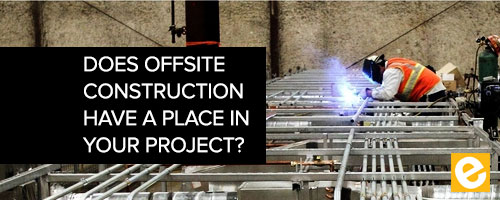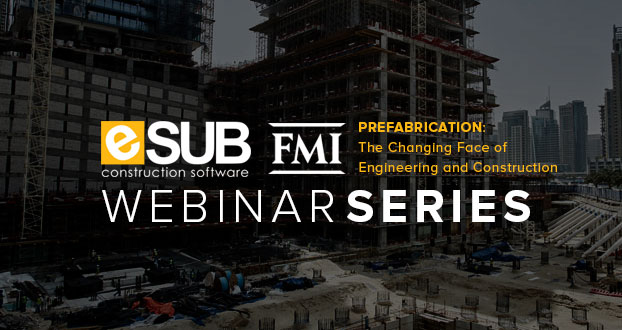
Does Offsite Construction Have a Place in Your Project?
Your Project: Does Offsite Construction Have a Place in it?
Offsite construction refers to the components of a project being designed, fabricated, and assembled at a location other than the construction site. While offsite construction for a project was not a popular choice in the past due to unattractive designs, that is no longer the case.
With new advancements and more aesthetic designs, construction companies are starting to recognize the many advantages of implementing offsite construction. To determine whether offsite construction has a place in your project, let’s look at a few of the benefits and downsides that offsite construction offers.
Table of Contents
Benefits of Offsite Construction
Shorter construction time
The biggest and most obvious benefit of offsite construction is the shortened construction time. Offsite construction allows buildings to be built faster which makes the overall construction process cheaper. This means more profit!
Fewer site disturbances
Since offsite construction modules are produced in a facility separate from the construction site, there are much fewer site disturbances. On a traditional construction site, there is a large amount of traffic from workers, deliveries, and equipment being used. With offsite construction, this traffic is greatly decreased. Building modules produced through offsite construction processes are simply delivered to the construction site once they are ready to be installed!
Less construction waste on the project jobsite
One huge advantage of offsite construction is the minimization of waste. Offsite construction is built in a controlled factory with various modules being produced for multiple projects. Since workers are building so many modules, these factories are able to re-use materials in a way that traditional construction sites would be unable to do. If there are extra materials left over from one project module, offsite construction factories can use these materials for another one of their other projects. On a traditional construction site, extra materials such as these would likely be dumped.
Downsides to Offsite Construction
Transportation restrictions
Since offsite construction modules must be delivered to the construction site, there are size limitations. Because of this, you might have to compromise on module sizing.
Difficult to change
It can make future renovations extremely difficult. With pre-fabricated modules it almost impossible to make changes later. This means that once you decide on the module design, there’s no going back.
Lack of artistic flair
Although pre-fabricated module designs are much better than in the past, they still can’t beat traditionally constructed buildings.
Now that you better understand the pros and cons of offsite construction, let’s take a look at a few examples of projects that are best suited for off-site construction.
-
Projects with tight schedules – For projects such as dormitory buildings or retail units that must be built in a short amount of time, offsite construction can be an attractive choice.
-
Repetitious projects – For projects where identical units are needed, such as classroom units, dormitories, office units, etc., offsite construction is the smart choice. It allows for these types of buildings to be produced cheaper and faster than a traditional construction site would be able to.
Although there are no definitive guidelines as to when you should use offsite construction and when you shouldn’t, there are projects that are definitely better suited for this type of building. Ultimately though, you must make the decision as to whether offsite construction is the right choice for you!
Watch On-Demand: Prefabrication: Changing the Face of Construction and Engineering
Sources:
